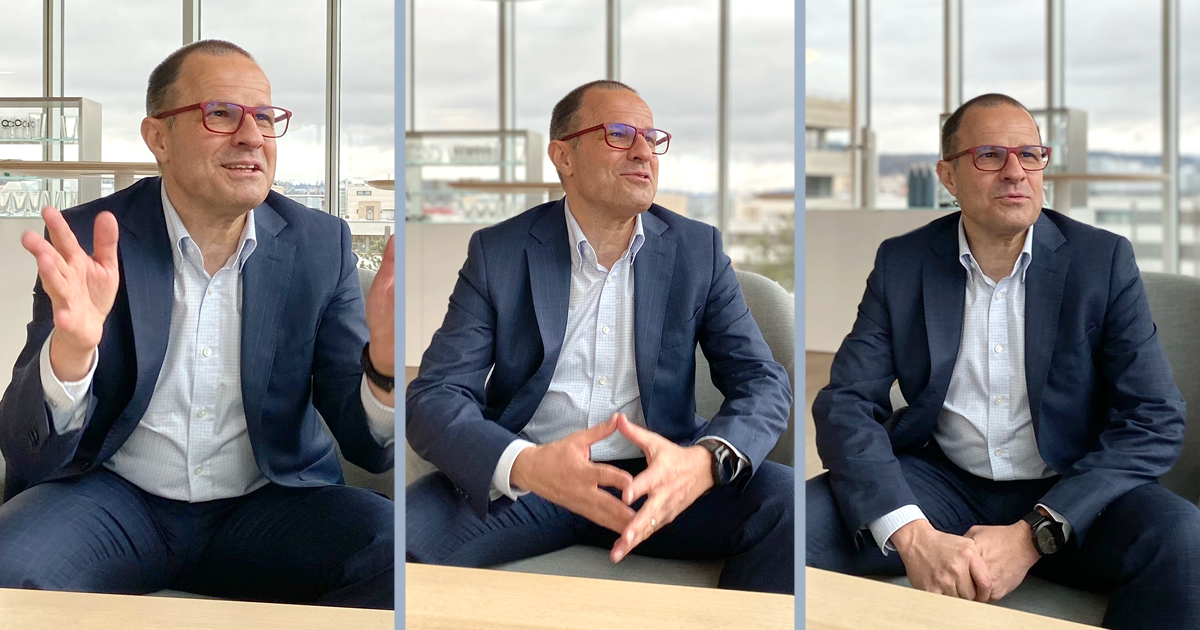The market for banks, neobanks and FinTechs is incredibly dynamic. In your view, what are the most important trends at the moment and what do you expect the future to look like?
It’s now common knowledge that the financial industry is undergoing profound change. Yet many traditional institutions are asking themselves how they can keep up with the rapid pace of digitalization. How can they meet the evolving needs of customers who are now accustomed to doing things digitally – without forcing them to make an extra trip to the bank?
Today’s core banking systems often pose a major obstacle to timely, genuine digitalization. The cost implications are also enormous in some cases and thus lead to additional delays.
Let’s look at the current mobile banking solutions or the design of eBanking portals. How good is the user experience? Some international banks, especially challenger banks and FinTechs, show us that the user experience can be much better. They’ve directly implemented the functionalities of the Contovista Personal Finance Manager, such as the categorization of transactions, instant search of transactions (which we also know from Google), the management of budgets and savings goals, and a simple display. This is not only in their mobile apps, but also in eBanking. A fantastic, seamless user experience is paramount across all channels, regardless of the device being used.
Since personal contact with a financial institution is often not all that personal and is therefore often pushed to the background, the design of the digital customer interface is becoming more and more decisive. After all, adopting a “personal” approach is certainly possible digitally, especially if the advice and offerings are tailored to the customer’s needs and are therefore truly relevant.
The bottom line is that the quality of personalization is increasingly determining whether customers stay with a bank or not. This is where the Contovista Enrichment Engine really comes into its own by helping banks to understand their customers much better. Banks can gain insights such as changes in salary, marital status or disposal income from us.


